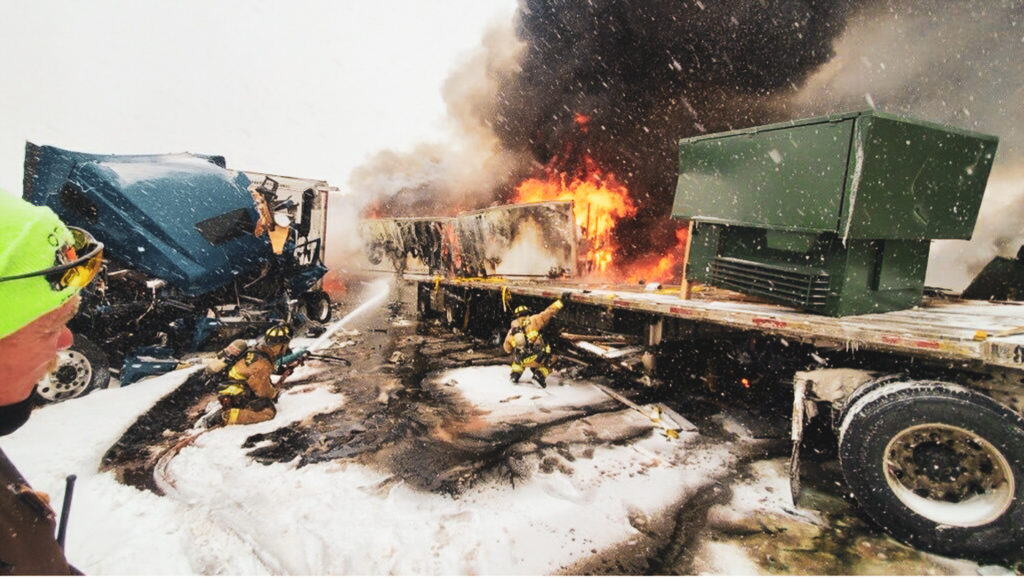
The US container chassis business is unique to the rest of the world. In the US, the majority of the estimated 500,000 chassis are controlled by three major leasing companies: DCLI, Flexi-Van, and TRAC Intermodal.
Why is this important?
These three companies form cooperatives that serve various regions of the U.S. market. For example, in the Southern California market, the Pool of Pools (POP) cooperative serves this market. The POP cooperative encompasses a fleet of over 62,300 container chassis with mutual start/stop locations covering every major port and rail facility through which most of the container cargo is transported into or out of Southern California. POP chassis may be interchanged out or returned to any of the start/stop locations.
Prior to the establishment of the POP, chassis in different pools were segregated at facilities for use only by certain steamship lines and returnable only to a specific facility. For example: Maersk container/chassis went back to the Maersk terminal only.
What’s the chassis situation in other countries?
In Europe and Asia, chassis are controlled by trucking companies themselves. There is no clear answer to which model works best—each one has its advantages and disadvantages dependent on each market’s unique characteristics.
Back to California…
In the Southern California market, trucking companies utilize a combination of their own chassis, leased chassis, and the POP chassis.
Land is expensive and space is hard to find here so trucking companies can only park so many chassis in their yard. Buying chassis means additional expenses for purchase and maintenance when trucking companies already must deal with more emission standards such as the Clean Truck Program.
So, who bears all of the costs?
Even with POP chassis, the trucking companies bear costs. For example, a tire might blow out so the trucking company has to call roadside service for repair. The trucking company must pay the bill upfront and then submit a reimbursement request to the chassis provider. They may only receive a fraction of what they paid in return. These are just a few of the issues trucking companies face daily.
Here’s Where the Problems Start
Currently, the major problem has been a shortage of chassis because of the massive record volume of cargo imports. Compounding this problem are a multitude of issues like empty return appointments being limited by the terminals due to limited space (empty container on chassis for weeks waiting to get returned) and warehouses that are full (container on chassis waiting to get unloaded). Currently, chassis dwell time from leaving a terminal to being returned is eight days. There are more chassis leaving the terminal than there are being returned, creating a negative imbalance.
Armageddon on the West Coast
There are some days where the POP chassis pool is completely dried up meaning no containers are getting pulled while more import containers come off the ships. Within the POP chassis pool, up to 10% of the chassis pool is out of service at any given time; repairing them are costly due to union labor. Meanwhile, steamship lines are nowhere to be found while customers foot the bill for demurrage and per diem.
References
The North America Chassis Pool Cooperative | NACPC
The Pool of Pools | Los Angeles – Long Beach, CA (pop-lalb.com)
Equipment providers stepping up chassis repair in Southern California (joc.com)
Thoughts on the Chassis Situation – Orion Global Logistics
Chassis Update June 2018 – Port X Logistics (portxlogistics.com)
American shippers, draymen want ocean carriers out of chassis pools – FreightWaves